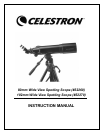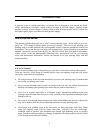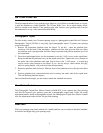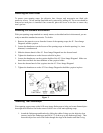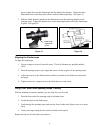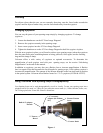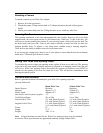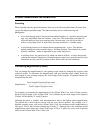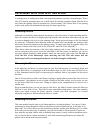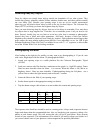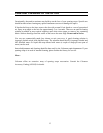
11
ASTRONOMY WITH YOUR SPOTTING SCOPE
A spotting scope is nothing more than a telescope that produces correctly oriented images. That is
why all Celestron spotting scopes are so well-suited for looking around the Earth. But this in no
way limits the spotting scope to terrestrial use. On the contrary, the 102mm Wide View spotting
scopes work well as an astronomical telescope for observing the sky.
Observing the Sun
Although overlooked by many amateur astronomers, solar observation is both rewarding and fun.
However, because the Sun is so bright, special precautions must be taken when observing our star
so as not to damage your eyes or your spotting scope. Never project an image of the Sun through
the telescope. Tremendous heat build-up inside the optical tube can damage the spotting scope
and/or any accessories attached to the spotting scope. To observe the Sun in complete safety, use
a proper Celestron solar filter (#94138 for 102mm WV and #94135 for 80mmWV).
These filters reduce the intensity of the Sun’s light, making it safe to view. With these filters you
can see sunspots as they move across the solar disk as the Sun rotates. In addition, you can see
tiny grain shaped structures called granules, which are convection cells on the Sun. Be sure to
cover the lens of the finderscope when observing the Sun. This will ensure that the
finderscope itself is not damaged and that no one looks through it accidentally.
Observing the Moon
In the night sky, the Moon is a prime target for your first look because it is extremely bright and
easy to
find. Often, it is tempting to look at the Moon when it is full. At this time, the face we see
is fully illuminated and its light is overpowering. In addition, little or no contrast can be seen at
this time.
One of the best times to observe the Moon is during its partial phases (around the time of first or
third quarter). Long shadows reveal a wealth of detail on the lunar surface. At low power you can
see the entire lunar disk at one time. Change to higher power (magnification) to focus in on a
smaller area.
Keep in mind that since you are not using a clock drive, the Earth’s rotation causes the Moon to
drift out of your field of view. This effect is more noticeable at high power. You must manually
adjust your tripod to keep the Moon centered. Consult your local newspaper or a current
astronomy magazine to find out when the Moon is visible.
Observing the Planets
This same method used to observe the Moon applies to viewing the planets. You can see Venus
go through its lunar-like phases. Mars reveals a host of surface detail and one, if not both, of its
polar caps. You will be able to see the cloud belts of Jupiter and the great Red Spot (if it is visible
at the time you are observing). In addition, you will also be able to see the moons of Jupiter as
they orbit this gas giant. Saturn, with its beautiful ring system, is easily visible at moderate power.
All you need to know is when and where to look. Most astronomy publications tell where the
planets can be found in the sky each month.



